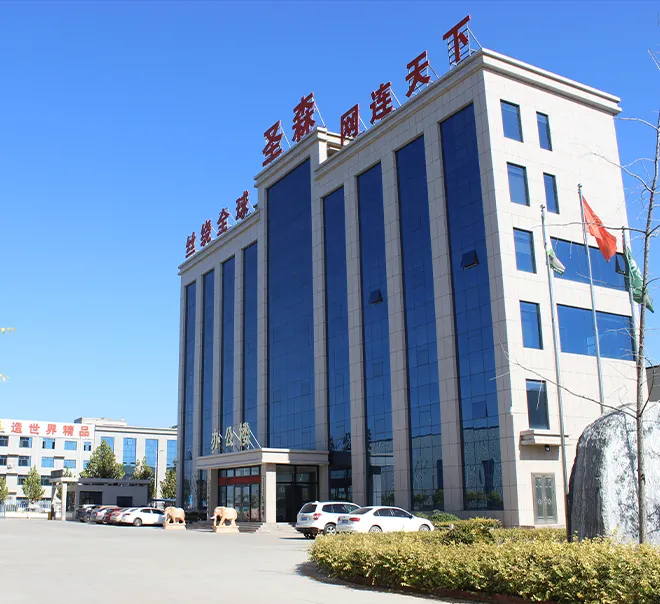-
 Phone:
Phone: -
 Email:
Email:

Exploring the Versatile Applications and Benefits of Baling Wire in Various Industries
The Versatility of Baling Wire A Critical Tool in Agriculture and Recycling
Baling wire, a seemingly humble component of the agricultural and recycling industries, plays a crucial role in the efficient handling and transportation of various materials. Typically made from high-tensile steel, this wire is designed to hold bales of hay, straw, cotton, and other fibrous materials tightly together, ensuring that they maintain their shape and integrity during storage and shipment. Its versatility extends beyond agriculture, finding significant applications in recycling processes as well, where it aids in bundling materials for easier transport and processing.
The Agricultural Backbone
In agriculture, baling wire is an essential tool for farmers and ranchers who rely on it for the preservation of their products. When crops like hay are harvested, they are often processed into bales to facilitate storage and transport. Baling wire comes into play during this process, as it binds these bales securely, preventing them from falling apart. This is particularly important as loose hay can lead to spoilage and waste, especially if exposed to moisture.
The use of baling wire is not limited to hay; it is also critical in the cotton industry. Cotton is harvested and then baled to ensure it remains protected from the elements and pests. Without baling wire, the quality of cotton would suffer significantly, leading to losses for farmers and higher prices for consumers.
Moreover, advancements in baling technology have further improved the efficiency of this process. Farmers can now utilize automated balers that apply baling wire quickly and reliably, reducing labor costs and increasing productivity. With the right baling wire, farmers can ensure that their bales withstand transportation risks, including shifting during transit or exposure to different weather conditions.
The Recycling Revolution
baling wire

Baling wire's use extends beyond agriculture, finding a significant role in the recycling industry. As society becomes more conscious of waste management and environmental sustainability, recycling plays an increasingly vital role. Baling wire is used to bundle recyclable materials such as cardboard, paper, plastics, and metals, making it easier to transport these materials to processing facilities.
In recycling, baling wire helps create compact bales that are easier to handle, store, and ship. This compacting process reduces the volume of materials that need to be disposed of, effectively maximizing efficiency in transportation and minimizing environmental impact. The integrity of these bales is crucial; without sturdy baling wire, recyclable materials could become entangled or scattered, creating more work for recyclers and jeopardizing the recycling process.
Sustainable Practices and Innovations
As the demand for sustainable practices increases, the manufacturing of baling wire has also seen innovations aimed at reducing environmental impact. Many suppliers are now offering baling wire made from recycled materials, which not only supports sustainability efforts but also reduces the overall carbon footprint associated with producing new materials.
Furthermore, the ability to recycle baling wire itself at the end of its lifecycle contributes to a circular economy, aligning with global efforts to promote environmentally responsible practices.
Conclusion
In summary, baling wire serves as a critical tool in both the agricultural and recycling sectors, facilitating the effective handling and transport of materials. Its role in ensuring the integrity of bales remains indispensable, while its versatility allows it to adapt to various applications. As industries continue to innovate in sustainability, baling wire will likely evolve, supporting a greener future and highlighting the importance of seemingly small components in larger systems. Ultimately, its significance goes beyond mere functionality; it exemplifies how every detail in production and recycling processes, no matter how small, contributes to efficiency and sustainability.
-
Wire Mesh for Every Need: A Practical SolutionNewsJul.25,2025
-
Steel Fences: Durable, Secure, and Stylish OptionsNewsJul.25,2025
-
Roll Top Fencing: A Smart Solution for Safety and SecurityNewsJul.25,2025
-
Cattle Farm Fencing Solutions for Maximum SecurityNewsJul.25,2025
-
Affordable Iron Binding Wire SolutionsNewsJul.25,2025
-
Affordable Galvanized Wire SolutionsNewsJul.25,2025
-
Wire Hanger Recycling IdeasNewsJul.25,2025








